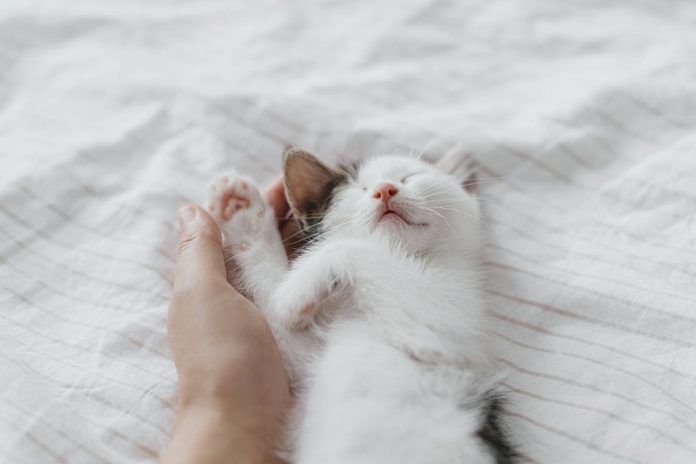
Have you ever noticed your cat always curling up to sleep on the same side? It turns out this isn’t just a random habit.
An international research team has discovered that most cats prefer to sleep on their left side—and this choice may give them a survival advantage.
The study, published on June 23, 2025, in the journal Current Biology, involved researchers from several countries including Italy, Germany, Canada, Switzerland, and Turkey.
The research was led by Dr. Sevim Isparta from the University of Bari Aldo Moro in Italy and Professor Onur Güntürkün from Ruhr University Bochum in Germany.
The team wanted to know whether cats had a favorite side to sleep on and if that preference served a purpose.
To answer this, the team carefully analyzed 408 YouTube videos that showed cats clearly sleeping on one side for at least 10 seconds.
They only used original, unedited videos to make sure the data was accurate.
After going through all the footage, they found that about two-thirds of the cats were sleeping on their left side.
So why is this important? According to the researchers, the way the brain processes visual information plays a big role. When a cat sleeps on its left side, it wakes up with its left eye and left visual field facing the environment. This information is sent to the right side of the brain, which is especially good at handling threats, understanding space, and helping with quick escape reactions.
Professor Güntürkün explains that each side of the brain is specialized for certain tasks.
The right hemisphere, which controls the left side of the body and receives input from the left visual field, is better at noticing dangers and reacting quickly. So, if a cat wakes up and sees a threat on its left side, the right brain can jump into action, helping the cat escape or defend itself.
This small preference for one sleeping side could be an evolutionary behavior that helps cats stay safe in the wild, where they are both predators and potential prey. Even though our house cats may not face many dangers indoors, their instincts still guide how they rest.
Cats also like to sleep in high places where they’re harder to reach, showing just how careful they are about staying safe—even when they’re sleeping up to 16 hours a day.
So the next time you spot your cat snoozing on her left side, know that it might just be her inner survival instinct at work.



